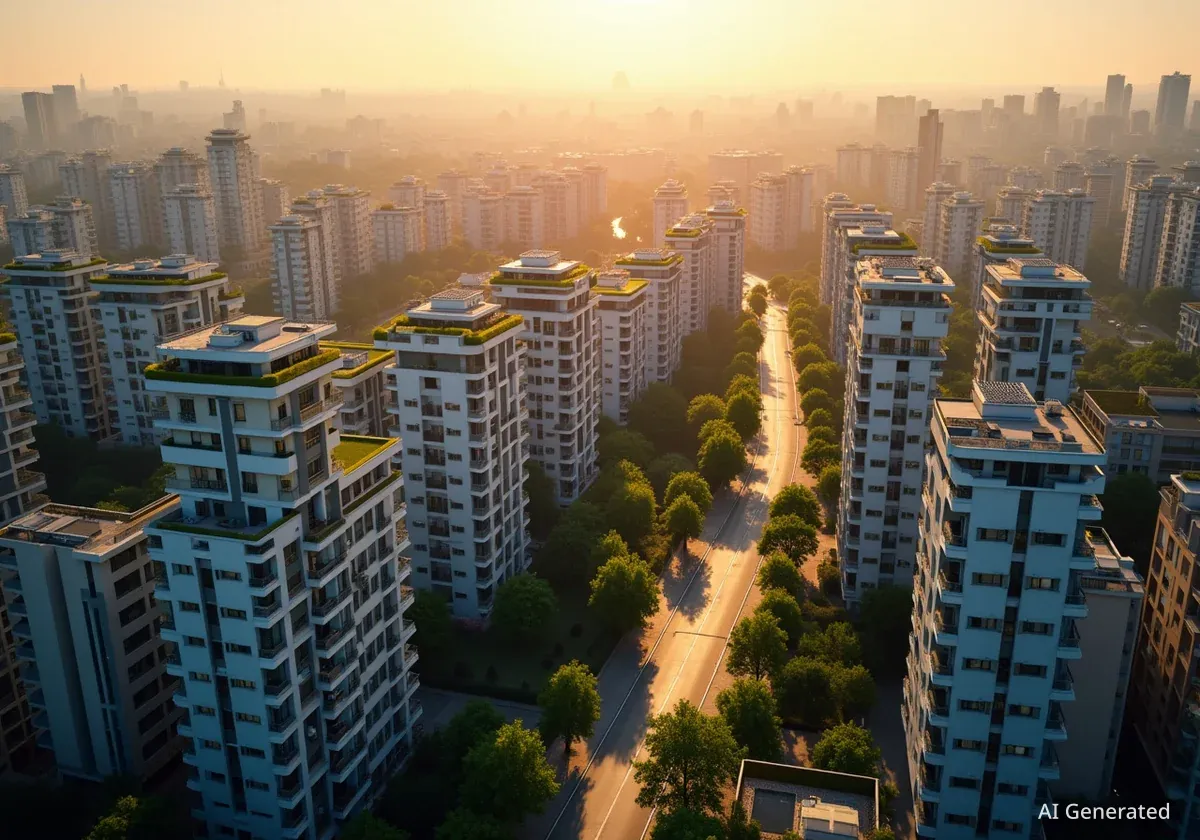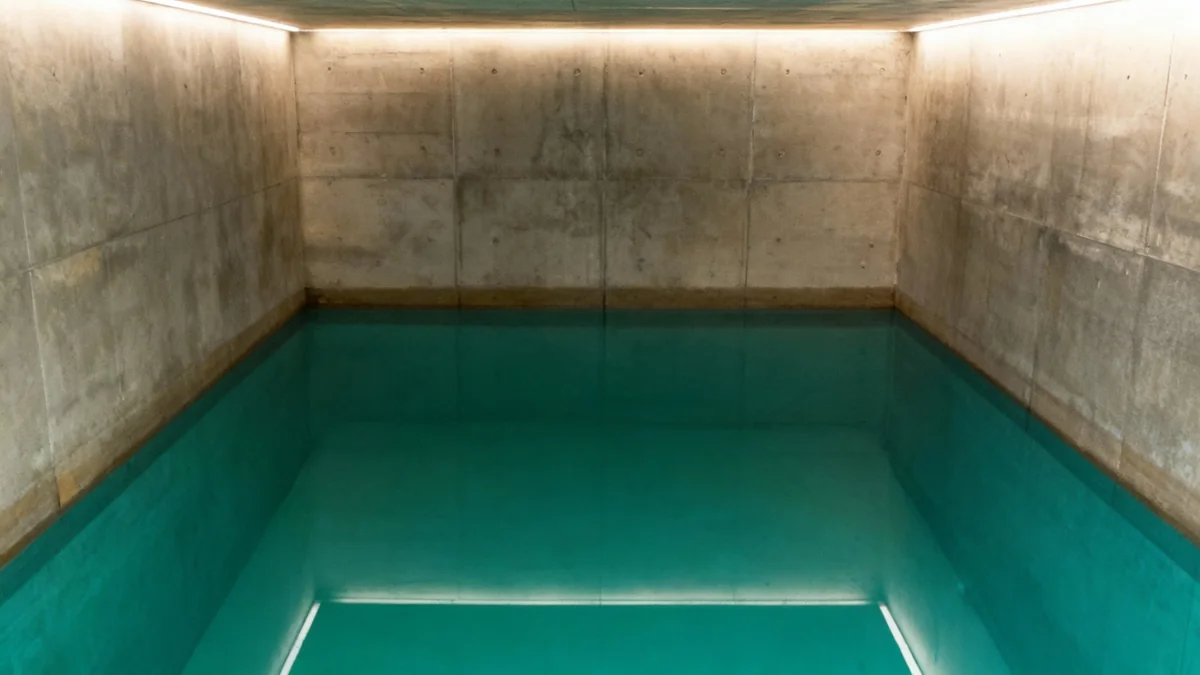Switzerland's population continues to grow, adding approximately 80,000 people each year. A new study outlines how the nation can accommodate an additional 2 million residents without expanding into undeveloped areas. This plan focuses on optimizing existing urban and suburban spaces.
Key Takeaways
- Switzerland could house an additional 2 million people through urban densification.
- This would require improving the development of roughly 30 percent of existing settlement areas.
- The Zurich metropolitan region holds the greatest potential for densification.
- No new land would need to be settled for residential purposes.
Switzerland's Population Growth and Housing Demand
Since the year 2000, Switzerland's population has increased by 1.89 million people. This growth is comparable to adding a city the size of Hamburg. Approximately 80 percent of this increase is due to immigration. The remaining 20 percent comes from a surplus of births over deaths.
This steady population growth has sparked political discussions for years. Major economic centers, in particular, face significant challenges. Housing markets struggle to meet demand, leading to shortages and increased commute times. People often travel farther to reach their workplaces, straining transport infrastructure.
Population Fact
Switzerland's population has grown by nearly 1.9 million since 2000, with 80% attributed to immigration.
A New Approach to Urban Development
A new study, commissioned by Urbanistica, an association of architects and urban planners, offers a blueprint for a 'Switzerland of 11 million people.' The research, conducted by the Sotomo research institute, explores how to manage population growth. It aims to do this without developing new land, overloading transport, or reducing quality of life.
The study focuses on 'internal development.' This approach means that cities and municipalities grow inwards. They achieve this by making better use of existing land and buildings. It is similar to reorganizing a closet to create more space, rather than buying a new one.
Identifying Densification Potential
The study compares current population and employment density with a hypothetical ideal density. This ideal density is based on public transport accessibility. Areas with good public transport links but low population density and few workplaces show significant potential for development.
The research identifies specific Swiss municipalities with the highest potential for this internal development. This method ensures that growth is sustainable and efficient.
"The study provides a solution proposal. Housing shortages have become a genuine housing crisis in recent years. Politicians are obligated to present solutions themselves."
– Urbanistica Spokesperson
Key Findings on Housing Capacity
The study indicates that Switzerland could create housing for about 2 million additional people. This would happen through environmentally conscious development. No new square meter of land would need to be developed for this purpose. Only about 30 percent of Switzerland's existing settlement area would be affected by these growth plans. This means only one in three existing neighborhoods would need densification.
What is Densification?
Densification refers to increasing the number of people or jobs within an existing urban area. This can involve building taller structures, converting commercial spaces to residential, or redeveloping underutilized plots. It aims to maximize space efficiency.
Regional Potential for Growth
- Agglomerations: These areas show the largest potential, with space for 870,000 people.
- Ten Largest Swiss Cities: These cities could accommodate an additional 770,000 people.
- Smaller Cities: These areas have potential for 360,000 additional residents.
Rural and mountain communities, however, have limited growth potential according to the study. Their existing infrastructure and environmental considerations make large-scale densification less feasible.
Top Potential Areas
The Zurich metropolitan region has the highest densification potential. Municipalities like Schwerzenbach, Opfikon, and Killwangen are among the top three. Bern is the large city with the most untapped potential, while Aarau and Zug lead among smaller cities.
Maintaining High Quality of Life
Urbanistica describes the study as a "solution proposal." They argue that the housing shortage has developed into a serious crisis. The organization calls on politicians to show concrete solutions. Urbanistica criticizes that "politics prefers to manage the crisis rather than solve the problem."
The new study aims to hold elected officials accountable. It also serves as a tool to identify existing potential within communities. The study authors emphasize that maintaining a high quality of life is crucial for public acceptance of densification. This means ensuring enough green spaces, quiet areas, recreational opportunities, and shopping facilities.
The potential for densification was identified for each individual neighborhood. This detailed approach allows for targeted and sensitive development. It ensures that urban growth supports, rather than detracts from, community well-being.
By focusing on internal development, Switzerland can address its growing population needs. This strategy avoids sprawl and preserves natural landscapes. It also promotes sustainable urban living by leveraging existing infrastructure.
Future Implications
Implementing these recommendations will require careful planning and collaboration between local governments, urban planners, and residents. The goal is to create vibrant, livable communities that can adapt to future demographic changes. This approach will help Switzerland continue to thrive while protecting its unique environment.
The study highlights the importance of strategic urban planning. It shows that growth can be managed effectively with careful consideration for both people and the environment. This forward-thinking plan aims to secure a sustainable future for Switzerland.




